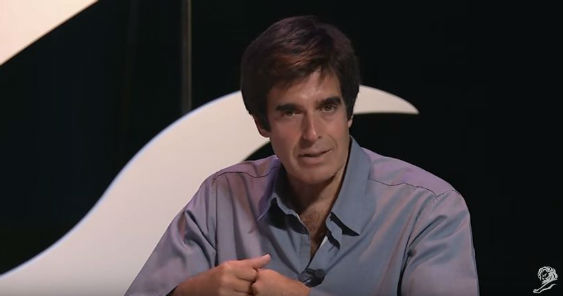NEW YORK – October 4, 2013 – Saatchi & Saatchi New York announced that Tanya LeSieur has been named Chief Production Officer at its Hudson Street headquarters.
LeSieur joined the Los Angeles office of Saatchi & Saatchi in 2009 as Director of Integrated Production.
Over the past four years, LeSieur created the integrated production model for the Los Angeles office and built its digital, content and production teams. At Saatchi & Saatchi LA, she was also part of the management team and worked closely on public relations and new business efforts.
In her new role, LeSieur joins the Leadership team of the New York office.
Con Williamson, Chief Creative Officer at Saatchi & Saatchi NY noted: “Tanya is the right person at the right time to accelerate the integration of our creative work when the media possibilities are expanding every day. She is smart, fun, experienced and a top Saatchi person.”
Saatchi & Saatchi NY’s CEO Durk Barnhill said that Tanya LeSieur’s appointment is focused as much on client results as it is on the creative product. “Tanya’s role is to ensure that our work performs with an extra edge across all the forms of creative product that we make.”
“My goal in coming to New York is to infuse my ‘make it happen’ attitude and collaborative work style into the production groups at Saatchi & Saatchi New York, the entire New York team, and to work with our clients and partners to help produce work that is smart, strategic, creative and efficiently produced,” said LeSieur.
“I’m excited to not only join the Saatchi & Saatchi NY team, but also to be based from Network headquarters so I can help make our network stronger and more collaborative across all production platforms.”
LeSieur is a former Executive Producer at Goodby, Silverstein & Partners for ten years, and has worked with more than 55 clients in her career.
Her work has been recognized at Cannes, the One Show, and D&AD. LeSieur has served as a judge for Effies Digital/Integrated Media, AICP “Next” and is currently a member of the planning committee for the 4A’s “Create Tech 2013.”




